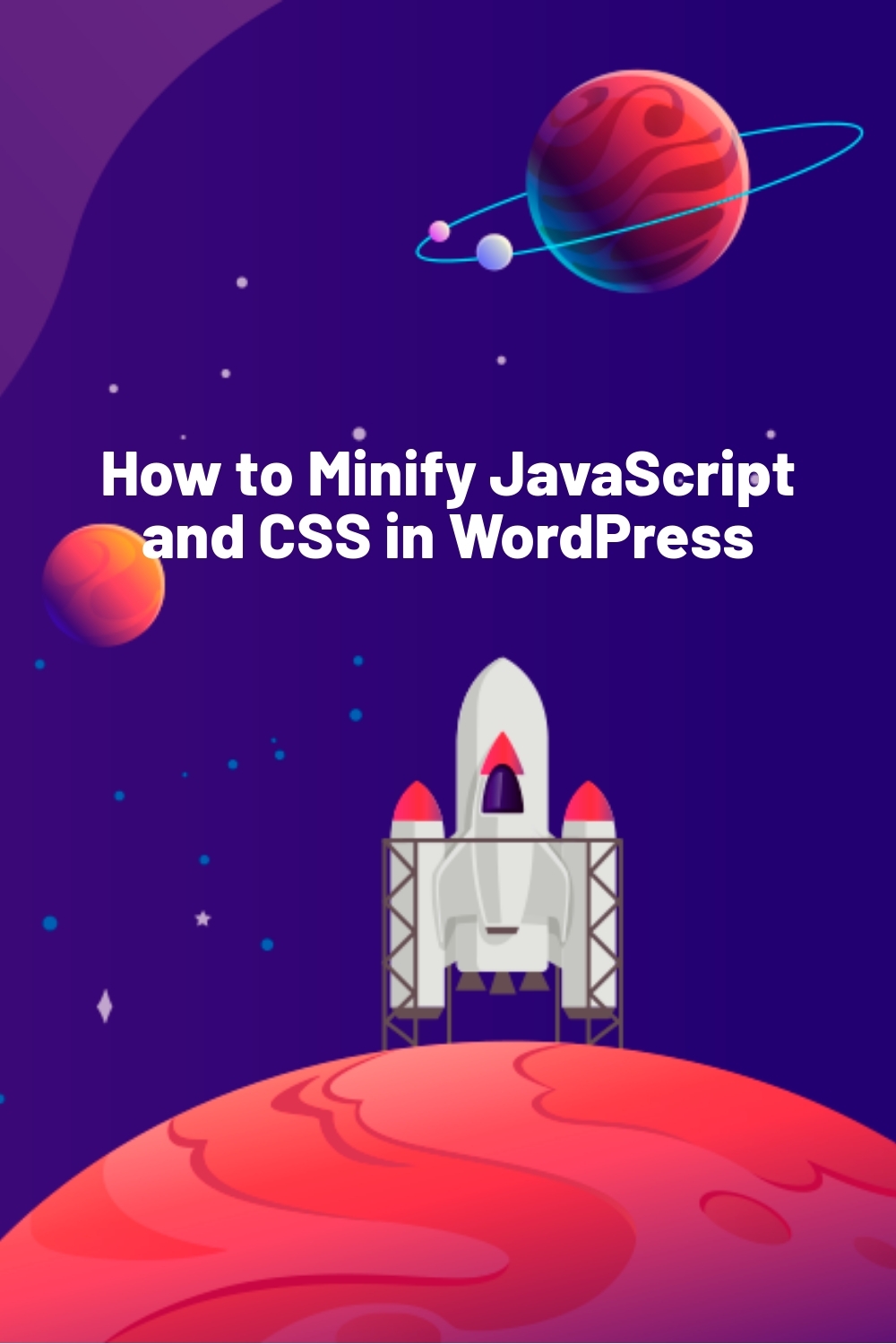WPLift is supported by its audience. When you purchase through links on our site, we may earn an affiliate commission.
How to Minify JavaScript and CSS in WordPress
A common technical challenge for many WordPress site owners is ensuring that their resources load quickly. In an era where speed and user experience (UX) are crucial for a successful website, WordPress administrators must explore every possible method to improve loading times.
Failing to keep websites fast and responsive increases the risk of users abandoning them after just a few seconds. Improved page speed also enhances organic search engine optimization (SEO), but balancing the needs of both users and search engines is rarely straightforward.
While site owners often focus on optimizing embedded multimedia and using caching plugins to reduce load times, one of the simplest and most effective solutions is minifying JavaScript and CSS files.
This guide explores the basics of code minification, its importance, and how to minify JavaScript and CSS effectively as your WordPress site grows.
What is Minification and Why is It Important?
Minification is the process of removing unnecessary characters from your site’s code without affecting functionality. This includes:
- Removing comments
- Eliminating unnecessary whitespace and line breaks
- Shortening variable names
- Removing unused code
Here’s a simple example of CSS before minification:
/* Navigation styles */
.main-navigation {
display: flex;
justify-content: space-between;
padding: 20px;
background-color: #ffffff;
box-shadow: 0 2px 4px rgba(0, 0, 0, 0.1);
}And after minification:
.main-navigation{display:flex;justify-content:space-between;padding:20px;background-color:#fff;box-shadow:0 2px 4px rgba(0,0,0,.1)}Although this change may seem minor, performing minification across an entire site’s codebase can significantly improve load times.
By reducing CSS and JavaScript file sizes, minification optimizes hosting resources, prevents unnecessary data transfer, and speeds up page loading times. This, in turn, enhances Core Web Vitals (CWV) metrics, a key factor in Google’s ranking algorithm.
When Should You Minify Your WordPress Site?
While minification benefits most sites, it becomes essential in certain scenarios:
- High-traffic websites – Minification helps maintain fast loading speeds for thousands (or even tens of thousands) of visitors.
- Content-heavy sites – Blogs, magazines, portfolios, and libraries with extensive CSS styling need efficient optimization to ensure fast performance.
- E-commerce and membership sites – These often rely on complex JavaScript functionalities that need to load efficiently and consistently.
- Mobile-first indexing – With mobile browsing being dominant, delivering a fast and optimized experience for mobile users is just as important as desktop performance.
Therefore, it means sites should look at opportunities to minify and reduce server load where possible. While looking at image file formats and weighing up the dichotomy of file size versus quality can no doubt help, minification is generally seen as a “win-win” optimization tactic. It preserves core website functionality and functions while reducing the overall size of the site’s resources and files.
Recommended WordPress Plugins for Minifying CSS and JavaScript
Here are some highly recommended plugins that simplify the minification process:
- WP Rocket(Premium)
- Offers CSS and JavaScript minification along with other performance optimizations like file concatenation, JavaScript deferral, and critical CSS optimization.
- User-friendly and compatible with most WordPress themes and plugins.
- SiteGround Optimizer(Exclusive to SiteGround Hosting)
- Includes built-in minification, automatic caching, font optimization, and media compression.
- A great choice for SiteGround-hosted websites.
- Autoptimize(Free)
- Provides granular control over JavaScript and CSS minification settings.
- Features inline CSS options, JavaScript deferral, and HTML minification.
- Fast Velocity Minify(Free)
- Ideal for developers who want more control over code optimization.
- Includes advanced handling of custom fonts and JavaScript frameworks.
How to Manage Minification Processes as Your Site Grows
As your WordPress site expands, maintaining optimal speed and UX performance becomes more complex. Here are some best practices for managing minification at scale:
- Schedule regular performance audits using tools like Google PageSpeed Insights, GTmetrix, and WebPageTest.
- Test minification changes in a staging environment to identify compatibility issues before applying them live.
- Exclude third-party libraries or custom scripts that are already minified to prevent conflicts.
- Re-test site functionality after updates to ensure that minified code is still working as expected.
- Implement additional optimizations, such as browser caching, GZIP compression, and a Content Delivery Network (CDN), to further enhance performance.
Common Minification Issues and How to Fix Them
While minification is beneficial, it can sometimes cause issues. Here’s how to troubleshoot common problems:
- Broken layouts or missing elements
- If site elements are misaligned or not functioning, disable minification to see if it’s the cause.
- Check the browser console for errors and exclude problematic scripts from minification if necessary.
- Plugin conflicts
- If minification breaks other plugins, disable plugins one by one to identify the conflict.
- Exclude the problematic script from minification or contact the plugin developer for support.
- No noticeable performance improvements
- Verify that CSS and JavaScript files are minified by inspecting the source code.
- If performance remains sluggish, investigate server response time, CDN configuration, and hosting limitations.
Additional Performance Optimization Tips
Beyond minification, here are additional techniques to improve site speed:
- Lazy loading – Load images and videos only when they appear in the viewport.
- Server-side caching – Reduce load times by serving pre-processed content.
- Database optimization – Clean up unused data to improve back-end performance.
- CDN implementation – Distribute assets through a global network of servers for faster delivery.
Continuous Optimization is Key
Performance optimization is an ongoing process. As your site evolves, revisit your minification strategy to ensure it remains effective.
Have you implemented minification on your WordPress site?






I always use WP Super Minify WordPress plugin that minifies JS and CSS files automagically.